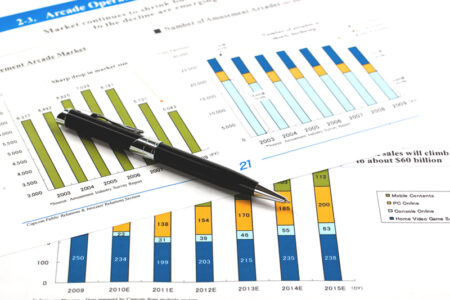- Russia filmed its troops firing a D-74, an artillery gun developed in the 1940s that the Soviets exported to their allies.
- Its appearance is giving rise to suspicions it was brought back in from countries like North Korea.
- Military experts say that even if it wasn’t imported, its age shows a growing strain on Russian stockpiles.
Last week, a promotional video from the Kremlin caught the attention of Ukrainian media covering the war.
The clip showed an entrenched Russian crew firing an old, towed artillery system against Ukrainian positions in Donetsk.
The field gun featured: a D-74 122mm howitzer, which the Soviet Union developed in the late 1940s.
Yet its age wasn’t the main attraction. Russia has, after all, been regularly deploying Cold War-era weaponry from its old stocks.
What’s surprising about the D-74 in Ukraine is that it’s not supposed to be in Russian inventory. The Soviet Union started producing them in 1955, but they were quickly superseded by another gun, the M-46, which fired 130mm rounds at a longer range.
As the D-74 fell out of vogue, Moscow began exporting the guns to Soviet-friendly countries like Vietnam and China and is thought to have distributed away its entire arsenal.
Yet the gun has reappeared in Russian hands in Donetsk, leading Ukrainian media to discuss the possibility that it was imported from a country such as North Korea, which is also known to stockpile the D-74.
“It is no secret that Russia has significant struggles with both material and manpower,” US Marine Corps Ret. Lt. Col. Michael Purcell, who teaches classes on Russia and International Security at George Washington University, told Business Insider. “And it is safe to assume that these systems, or at least the ammunition, are coming from the DPRK.”
Russia publicizing to the world that it’s importing and using the D-74 would also fit with its war strategy, he added.
“Russia has not been shy about strengthening and promoting its defense ties with the DPRK,” Purcell said. “In the same way that the Putin regime has always sought support and approval from marginalized states regardless of the legitimacy of the government.”
Jennifer Kavanagh, senior fellow and director of Military Analysis at Washington-based think tank Defense Priorities, told BI that Russia could be trying to demonstrate that it can muster vast resources amid Western sanctions.
“Given attention to Russian losses over the past 6 weeks, publicizing the D-74’s use could be Russia’s way of signaling its staying power and ability to keep fighting for some time still,” she said.
Pyongyang’s role in the war has especially been in the spotlight as it strengthens ties with Russia and is said to be supplying the Kremlin with a steady flow of arms. Ukrainian President Volodymyr Zelenskyy estimated in February that Russia was receiving at least 1 million artillery shells from North Korea.
Then on Sunday, he said the latter was establishing a troop presence in Ukraine. Authorities in Seoul also said last week it was “highly likely” that North Korean soldiers were deployed in Ukraine and that reports of six of them being killed on the battlefield were likely true.
Russian presidential spokesperson Dmitry Peskov told state media those reports were false. “It looks like another piece of fake news,” he said, per TASS.
China also maintains an arsenal of D-74s, which it calls the Type 60 towed gun, per the International Institute for Strategic Studies’ Military Balance 2024 report.
The Russian defense ministry and the Chinese foreign affairs ministry did not respond to requests for comment sent by Business Insider.
The D-74’s age shows strain in Russia
Kavanagh said it’s possible Russia still has a handful of D-74s left over in its own stockpile.
Even if the D-74 didn’t come from North Korea, Russia’s use of such an aged system — like the T-55 tanks seen in Ukraine — indicates that it’s had to dig deep into its reserves.
“Either way, that they are being forced to use Soviet-era technology suggests that despite their faster-than-expected military rebuilding, new production is still not keeping up with battlefield losses,” Kavanagh said.
Despite its sheer age, the D-74 still can be useful for Russia in a modern war in Ukraine, Purcell said.
“These old systems can be effective,” he said.
“An effectively maintained, supplied, and employed D-74 can help plug a hole in Russian requirements for massed artillery fires in the kind of largely static trench warfare in Ukraine,” Purcell added.
Russia’s ability to acquire supplies, weapons, parts — and now, reportedly, troops — from its allies has been a particular pain point for the West, which had hoped its sanctions would squeeze Moscow’s ability to fuel its war.
But Russian leader Vladimir Putin has since pivoted the country’s economy to focus about 40% of the national budget on defense manufacturing, churning out millions of drones and artillery rounds.
Moscow now faces questions of how long the nation can sustain its wartime marathon, a deadline that’s become increasingly uncertain now that it’s signed a pact with Pyongyang and opened up a critical stream of ready-to-use war supplies.
Read the full article here















